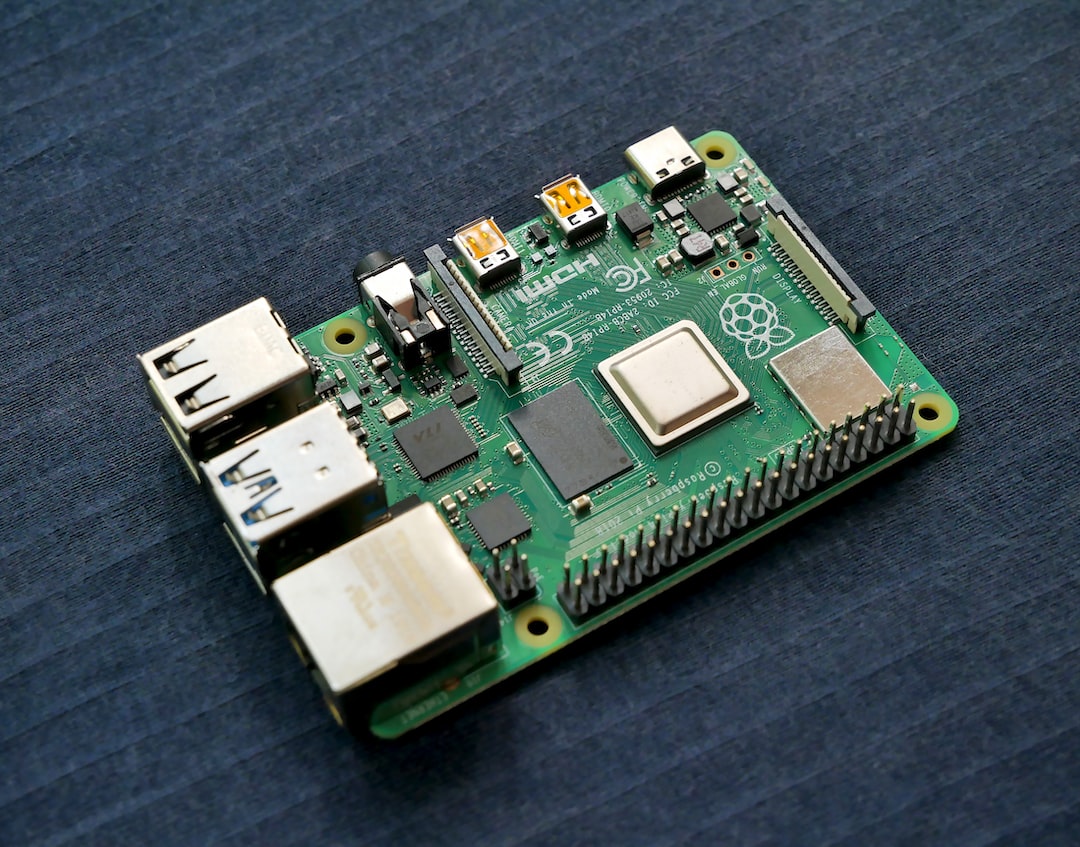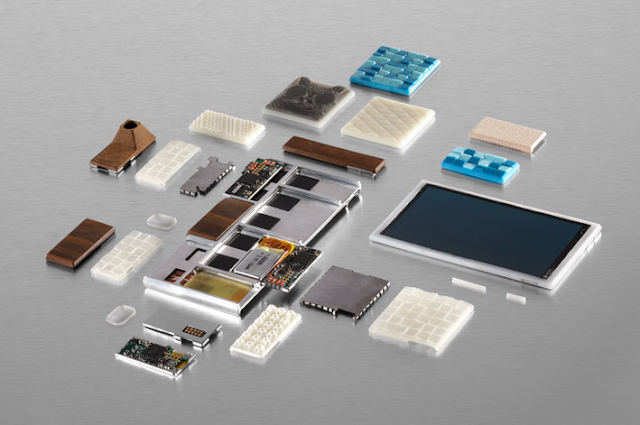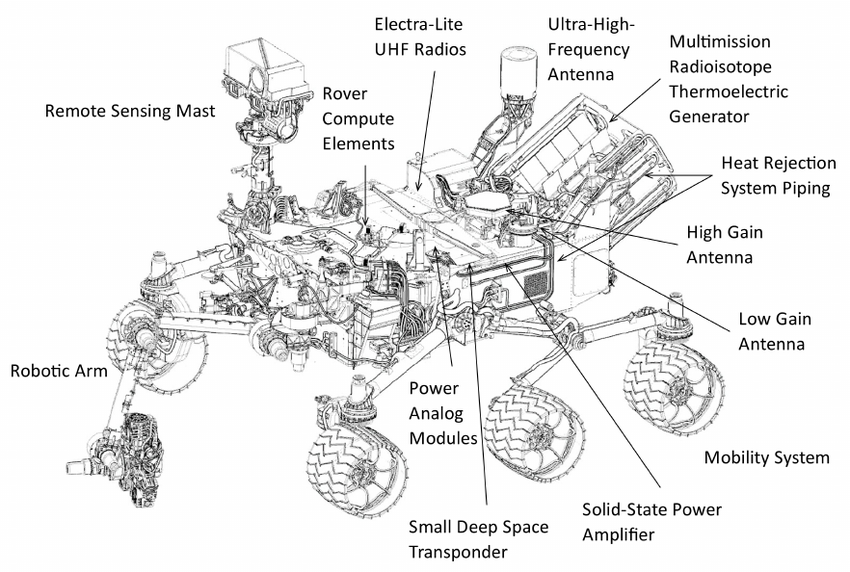The Cathedral and the Mound
25 Jan 2023In 2017 the famous evolutionary biologist Richard Dawkins compared a termite mound and the renowned Spanish cathedral, Sagrada Familia. He notes that the termite mound was constructed without a blueprint or plan in collective and decentralized collaboration. This is in contrast to the similar in resemblance cathedral that architect Antoni Gaudi oversaw throughout construction. The latter was designed and built from the top down in a highly controlled and coordinated way. The termite mound and the Sagrada Familia boast intricate and highly detailed designs, making them beautiful and awe-inspiring in their unique ways, but the processes used in their construction are diametrically opposed. This comparison demonstrates the power of decentralized and centralized approaches to problem-solving and highlights the importance of considering multiple perspectives when approaching complex problems.
The termite mound is an interesting example of a decentralized, bottom-up approach to organization and design. Each termite works independently, yet collectively, and plays a minor role, but the emergent result of the colony’s effort is much larger and more impressive than any one termite could accomplish alone. This is similar to modular design in systems engineering, where multiple smaller modules are designed and built independently, but when combined, they form a cohesive and functional system.

On the other hand, the Sagrada Familia cathedral showcases a centralized, top-down design process. The cathedral was planned and constructed under the guidance of an architect, with a highly controlled and centralized approach. This approach mirrors monolithic design in systems engineering, where one central system is designed and built from the top down.
Comparing these two examples highlights monolithic and modular design’s unique strengths and weaknesses. The monolithic approach is efficient and straightforward but can also be rigid and inflexible. Using a modular design is more dynamic and versatile, but it can also be more complex and challenging to control. The best solution depends on the specific application and desired outcomes. This essay will provide a comprehensive analysis of the advantages and disadvantages of both design approaches and some considerations for making an informed decision on which method is best suited to a particular need.
Simplicity and Integration with Monolithic Design
Monolithic design integrates all components and functionality of a system into a single unit or module, with little to no separation between different subsystems or functionalities. In this approach, a central element controls and coordinates the operation of the peripheral components in a top-down process.

A single-board computer like the Raspberry Pi is an excellent example of a monolithic design. These computers pack all the necessary components for operation, such as a processor, memory, and I/O interfaces, into one compact circuit board.
The advantage of monolithic design lies in its simplicity and ease of integration. All components are included in one unit, making it a straightforward option. However, monolithic design also has drawbacks, including inflexibility and a lack of scalability. If a component needs repair or upgrading, the entire system may need to be redesigned. In the case of single-board computers, this may mean replacing the complete board to add or upgrade components.
Flexibility and Scalability with Modular Design
Modular design breaks down a system into smaller, self-contained components that can be designed, tested, and replaced independently. This approach is decentralized and bottom-up, with clear separations and boundaries between different subsystems or functionalities. Unlike monolithic design, modular design uses a decentralized approach, where each component functions independently and communicates with other components through interfaces, not through a central control mechanism.

A smartphone like Google Project Ara is an excellent example of modular design. This phone allows users to replace or upgrade specific components, like the camera or battery, without having to replace the entire device.
Modular design enables more flexibility and scalability, as individual components can be replaced or upgraded without affecting the entire system. It also allows for the easy addition of new functionalities and features, making the system more adaptable to changing needs. However, modular design also has its challenges, such as complexity, higher cost, and compatibility issues. With multiple independent components, the system may be more challenging to understand and maintain, and compatibility issues may arise between components. In the case of modular smartphones, the cost of purchasing individual components and the complexity of assembling them may be a drawback.
The Optimal Design Paradigm for a Specific Application
The choice between monolithic and modular design is not always clear-cut. While monolithic designs offer simplicity, they can be inflexible and difficult to scale. On the other hand, modular designs offer more flexibility and scalability but can be complex and prone to compatibility issues.

A simple system like a thermostat is well suited for a monolithic design. With limited functionality, it’s easy to integrate all components into one unit, making it simple and easy to maintain. However, a modular approach is more appropriate for a complex, multipurpose system like a robot with multiple mission requirements.
Combining monolithic and modular design into a hybrid between the two often leads to the best results. The monolithic core system can manage the overall functionality, while the modular subsystems can be easily replaced or upgraded. This allows the system to grow and evolve as needed, combining the benefits of a monolithic core system and independent modular subsystems.
The best design paradigm for a specific application depends on the requirements and constraints of the system, as well as the trade-offs between simplicity, flexibility, and scalability.